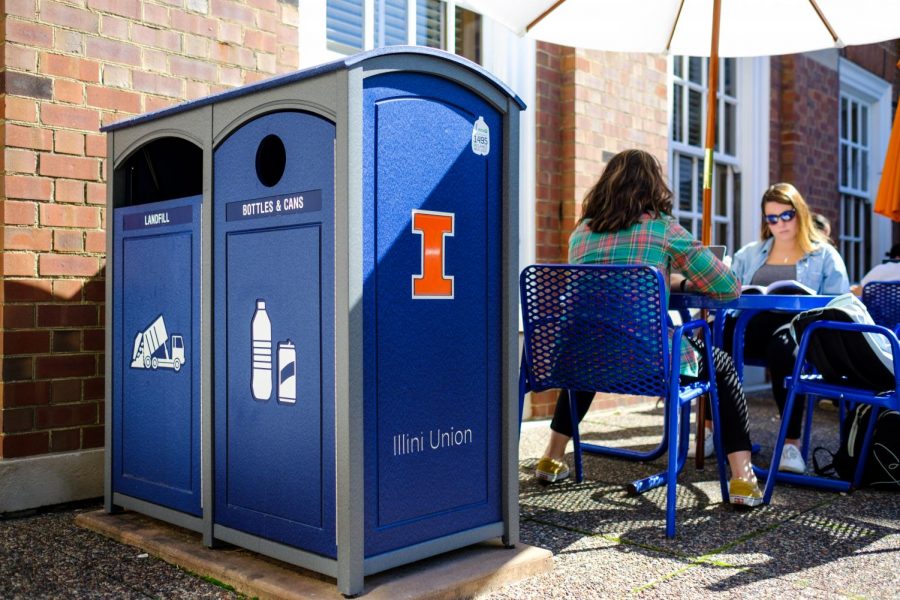You are here
Projects Updates for place: Activities and Recreation Center (ARC)
- Associated Project(s):
Walkability Audit: Week 4 meeting
Associated Project(s):Walkability Audit: Week 3 meeting
Walkability Audit: Week 2 meeting between Sarthak and Sutapa
Associated Project(s):Walkability Audit: First meeting between Sarthak and Sutapa
Associated Project(s):Sutapa Banerjee to help with Walkability Audit
Associated Project(s):Project scope: Walkability Audit
Associated Project(s):Attached Files:24 buildings on campus have at least one of the new 3-bins
Associated Project(s):CTAC spring 2021: Presentation and meeting recording
Associated Project(s):Attached Files:Call2Recycle FY2020 Report: Collection of Batteries and Cell Phones
Associated Project(s):Attached Files: University of Illinois, 115719 - Annual Site Summary Report - 210110.pdf
University of Illinois, 115719 - Annual Site Summary Report - 210110.pdf University of Illinois, 154675 - Annual Site Summary Report - 210110.pdf
University of Illinois, 154675 - Annual Site Summary Report - 210110.pdf University of Illinois, 156217 - Annual Site Summary Report - 210110.pdf
University of Illinois, 156217 - Annual Site Summary Report - 210110.pdf University of Illinois, 158139 - Annual Site Summary Report - 210110.pdf
University of Illinois, 158139 - Annual Site Summary Report - 210110.pdf University of Illinois, 161748 - Annual Site Summary Report - 210110.pdf
University of Illinois, 161748 - Annual Site Summary Report - 210110.pdf University of Illinois, Champaign, 78151 - Annual Site Summary Report - 210110.pdf
University of Illinois, Champaign, 78151 - Annual Site Summary Report - 210110.pdf University of Illinois Illini Union, 83005 - Annual Site Summary Report - 210110.pdf
University of Illinois Illini Union, 83005 - Annual Site Summary Report - 210110.pdf University of Illinois, 114050 - Annual Site Summary Report - 210110.pdf
University of Illinois, 114050 - Annual Site Summary Report - 210110.pdf
Solar thermal at ARC
Associated Project(s):Mailbag solar article: Suggestion for UI solar panels
Division of Research Safety - battery recycling
Associated Project(s):Glass recycling finds funding on campus
Associated Project(s):Collection Containers to Increase Recycling Efforts
Associated Project(s):New Collection Containers to Help Increase Recycling Efforts
Associated Project(s):Solar Thermal Notes
SSC funds Recycling Pods
Associated Project(s):Attached Files:Net Metering on campus
Associated Project(s):PWR SWATeam Meeting Minutes for 9/10

